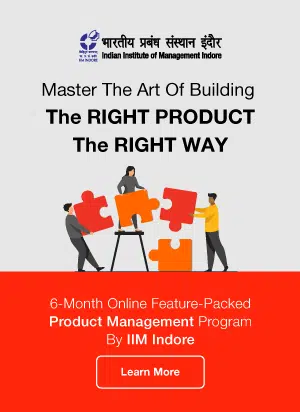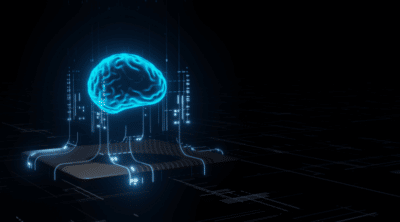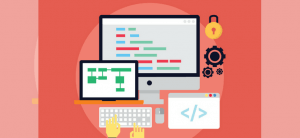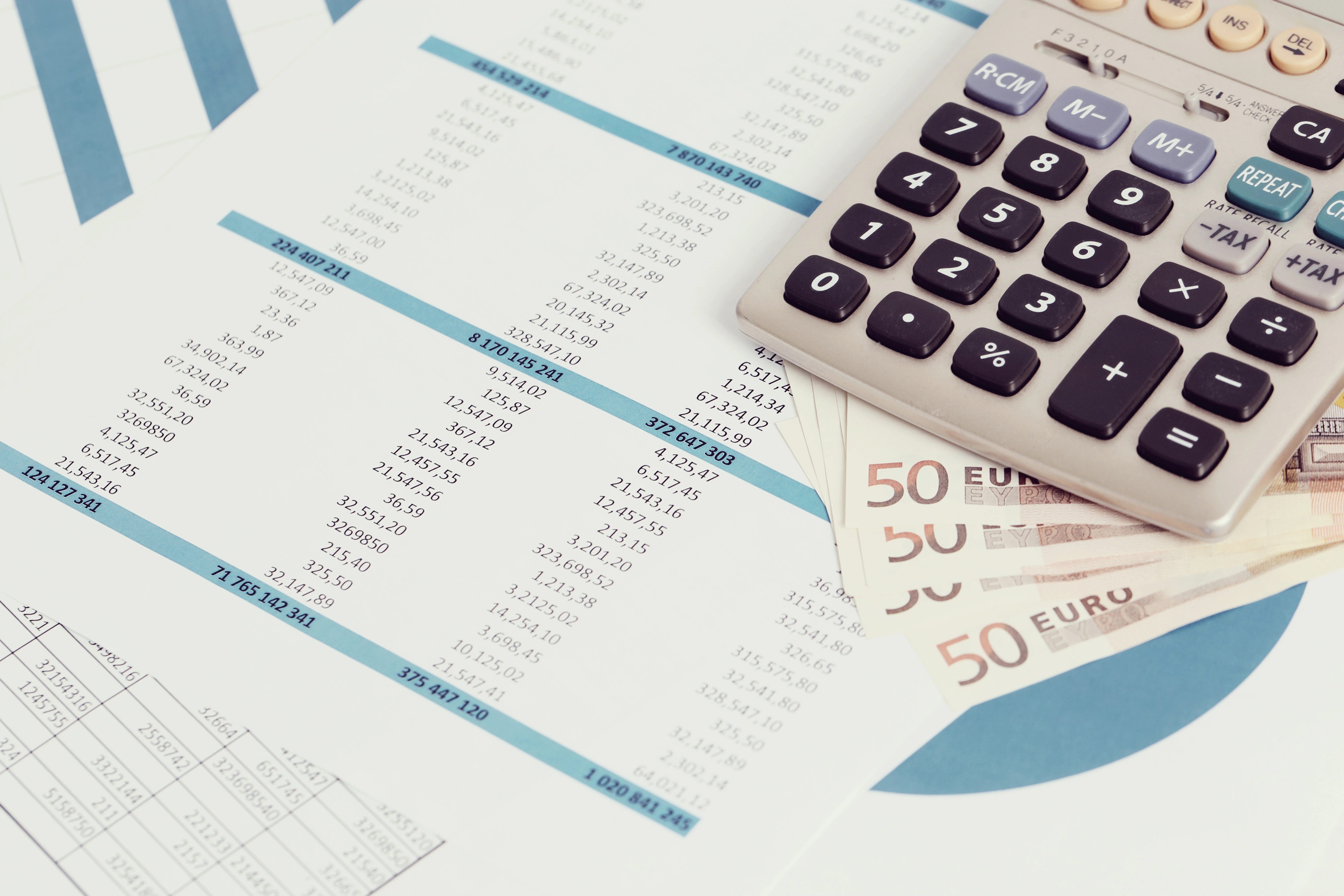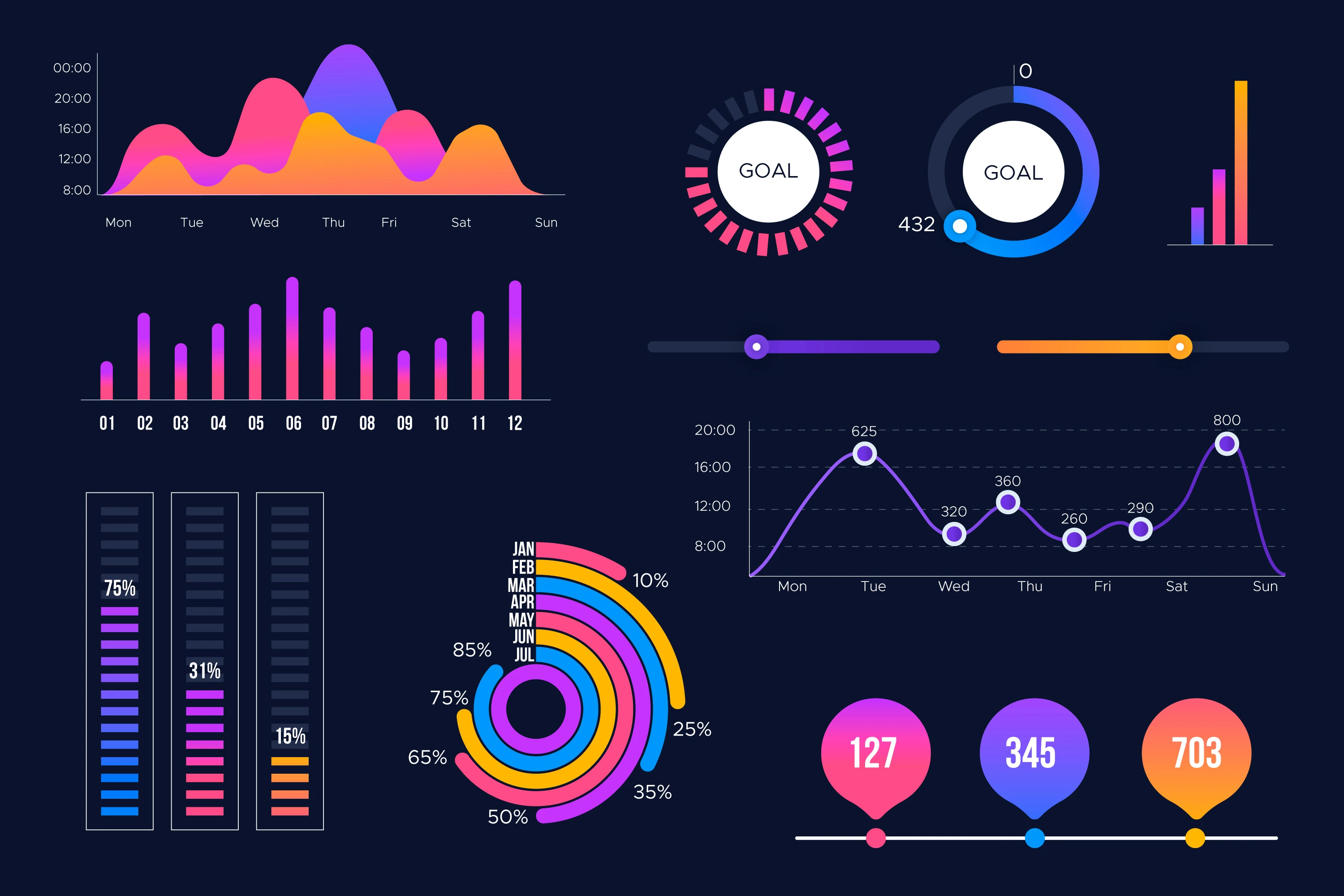What are Product Features? An Overview (2023) | UNext

What Are Product Features?
By product features, we mean the particular characteristics or attributes of a product that makes it unique from the other products in the market, delivering a significant value to the consumers. The type of fabric used in a Kurti or the neck patterns can be considered as the feature of that Kurti. Similarly, the longevity of the battery life of electronic devices is one of their features. In other words, product features refer to a product’s components, factors, traits, and capabilities.
- Difference between a feature and a benefit
- How do features differ from user stories, requirements, and epics?
- How to prioritise features?
- How to define features?
1. Difference between a feature and a benefit
Features and benefits are interrelated to each other sharing some differences. A feature can be considered an integral part of a product or service. In contrast, the positive impact on the customer after consuming a product can be referred to as the benefit of that product. For example, a pair of jeans you bought last week shares some features as they are made of a certain fabric and come in a certain size and length with a particular button tucked upon. But you have not bought it for those reasons; rather, you have gone for its comfortability, good stretchability, and appearance after wearing it.
The basics of product features and product benefits are clearly elaborated in marketing management. The strategy used by a company to add a new feature to a product to attract customers is one of the features of marketing management.
2. How do features differ from user stories, requirements, and epics?
While product management, the other things that are to be kept in mind and features are user stories, requirements, and epics. A short distinction of each of them is as follows:
User story: The short description of a work written accordingly in the user’s language to highlight the need for the work items to support the structure, exploration, and observance is considered a user story. It is essential in relating features and benefits.
Requirements: These refer to the functional and physical needs of a product that is to be satisfied by a particular design or process. Numerous requirements can be present in a single feature.
Epic: Epics are short stories that are broken down for development individually, sharing business objectives in common, whereas features refer to the group stories to be released together.
In other words, we can say that epics are dissolved into user stories, and user stories are then composed into features.
3. How to prioritize features?
Slow and planned marketing is better than quick unplanned marketing. The reasons for the failures of several companies depend on an improper idea of the product features. Before entering the market, one must clearly know how to prioritize product features. Here are some steps that reflect different ideas for prioritizing a feature:
Step 1: Break features into themes to be no room for confusion while selecting the suitable feature.
Step 2: Take into account a feature’s feasibility, desirability, and viability and discuss it with the team members.
Step 3: Find out the feature that has the highest impact with less effort with the help of the Impact/Effort matrix.
Step 4: A simple grid method proves inefficient sometimes, so the RICE method is helpful as it contains the four factors- reach, impact, confidence, and effort.
Step 5: To get the scores of a feature using a priority scorecard by the custom criteria is another thing one could do instead of the RICE method.
Step 6: To prioritize features using the Kano method, including performance, attractive, and basic needs.
Step 7: Prioritizing the features using constraints such as people, process, money, and time is one of the other methods to be followed.
4. How to define features?
Defining features is one of the important questions while describing a product’s features and benefits. The four steps to be followed while defining characteristics are:
- Defining the benefits of a product while attracting the customers, giving them the answers to their “why” while buying a product.
- Sharing the context of the features with the users to clarify how they could use them.
- Defining the acceptance criteria helps users get the product they seek.
- Evaluating the business value could help you define a feature wall.
Conclusion
To conclude, it can be said that you have to add a list of product features to attract the user. For a product like an oven, self-cleaning, warming bins, smooth stovetops, and affordability, safety, ease of use are the product features and benefits examples, respectively. For marketing management, it is essential to prioritize and define features to better understand the consumers or users. And making a proper plan while defining a product is a must, as it adds value to your business.
If you wish to learn more about Product Management, our 6-month online Product Management Certification with IIM Indore is the reflect option for you! Check it out today.
ALSO READ
